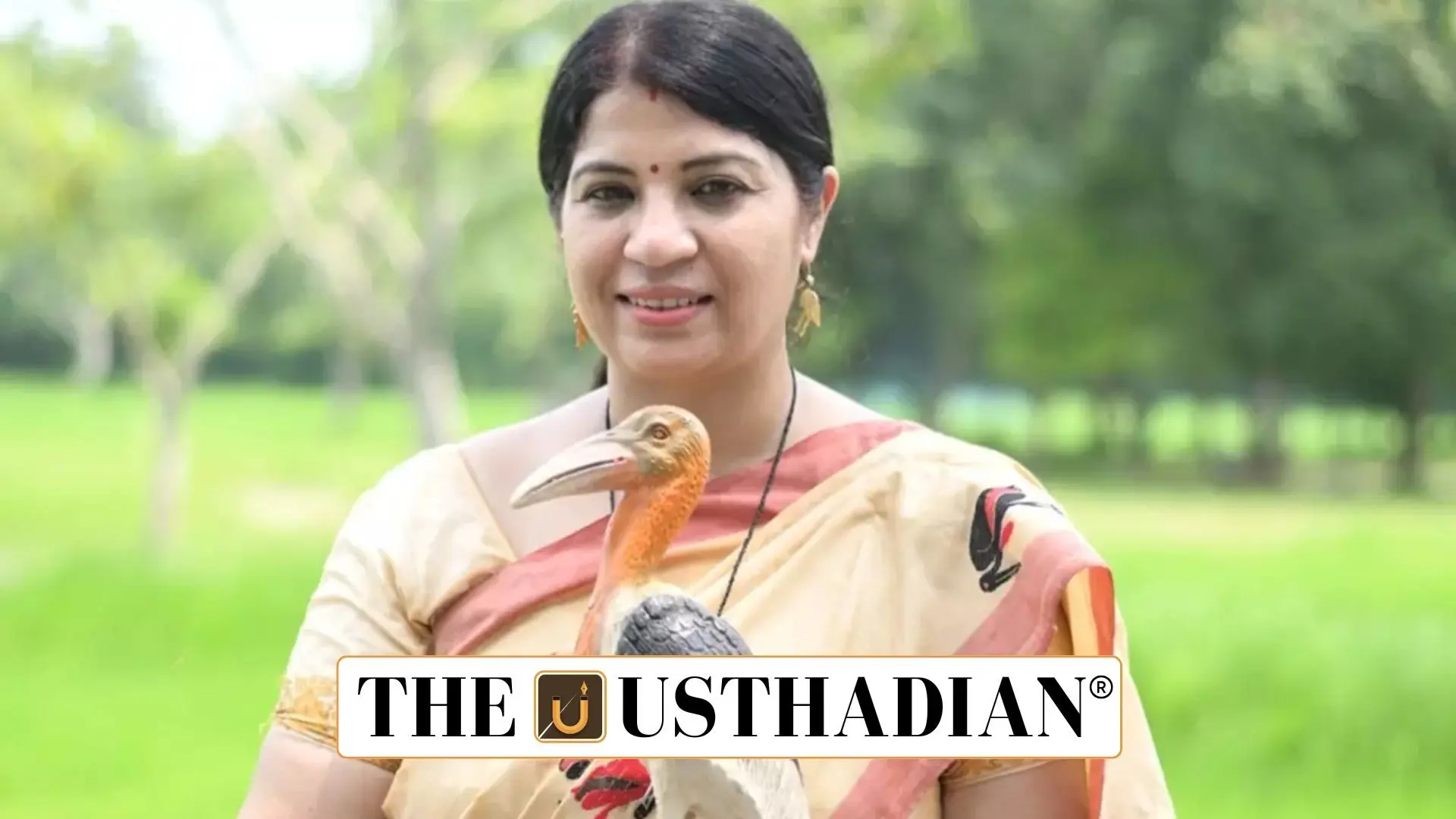India’s Conservation Warrior Gets Global Recognition
Purnima Devi Barman Named in TIME’s Women of the Year 2025z; Purnima Devi Barman, a biologist and wildlife conservationist from Assam, has made India proud by being featured in TIME Magazine’s Women of the Year 2025 list. She is the only Indian woman among the 13 honorees recognized globally for their efforts toward a more just and sustainable world. Barman’s dedication to saving the greater adjutant stork, known locally as Hargila, has created a powerful blend of ecological conservation and community transformation.
A Turning Point That Sparked a Movement
The defining moment came in 2007, when Barman witnessed the felling of a tree that housed a stork’s nest. Her deep sorrow over this loss turned into a lifelong mission. Despite local resistance, she took a stand to protect the endangered bird, gradually building community awareness around its survival. What began as a personal mission evolved into a large-scale conservation movement.
Rising Stork Population and Changing IUCN Status
Thanks to her tireless efforts, the stork population in Assam rose from 450 in 2007 to over 1,800 in 2023. This significant recovery led the International Union for Conservation of Nature (IUCN) to change the bird’s status from “Endangered” to “Near Threatened”, reflecting the success of local conservation measures led by community participation.
The Birth of the Hargila Army
Barman formed the Hargila Army, an all-women group of over 20,000 members who safeguard nesting sites and raise awareness through education and cultural engagement. These women not only protect biodiversity but also earn a sustainable livelihood through weaving traditional Assamese textiles featuring stork motifs. Conservation has thus been transformed into a symbol of women’s empowerment and ecological pride.
Cultural Shifts and International Impact
The movement introduced cultural events like baby showers for stork chicks, drawing emotional connections between the birds and local traditions. Barman’s success has crossed borders, with schools in Cambodia and France incorporating her story into their curriculum. The Hargila Army model is now inspiring conservation initiatives in other countries, proving that local action can have global influence.
TIME’s Global Recognition Criteria
TIME Magazine selects honorees based on their work toward gender equity, climate action, and social transformation. Barman stands alongside figures such as Nicole Kidman and Gisele Pelicot, representing the intersection of environmental sustainability and women’s leadership in global change-making.
Static GK Snapshot
| Aspect | Details |
| Honoree | Purnima Devi Barman |
| Recognition | TIME Women of the Year 2025 |
| Country Represented | India (only Indian woman on the list) |
| Key Initiative | Conservation of Greater Adjutant Stork (Hargila) |
| Impact in Assam | Stork population grew from 450 (2007) to 1,800+ (2023) |
| Community Initiative | Hargila Army with 20,000+ women participants |
| Global Influence | Schools in France & Cambodia include her work in curriculum |
| Cultural Integration | Baby showers for stork chicks, stork-motif weaving |
| Award Criteria | Gender equality, climate leadership, and social justice |








